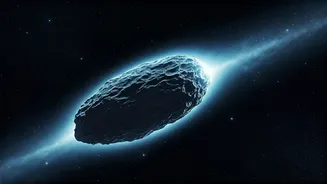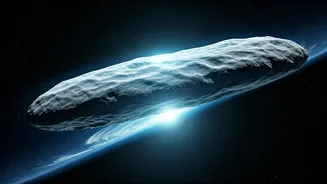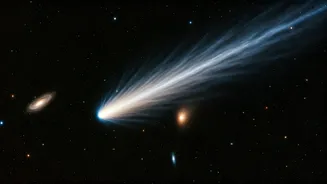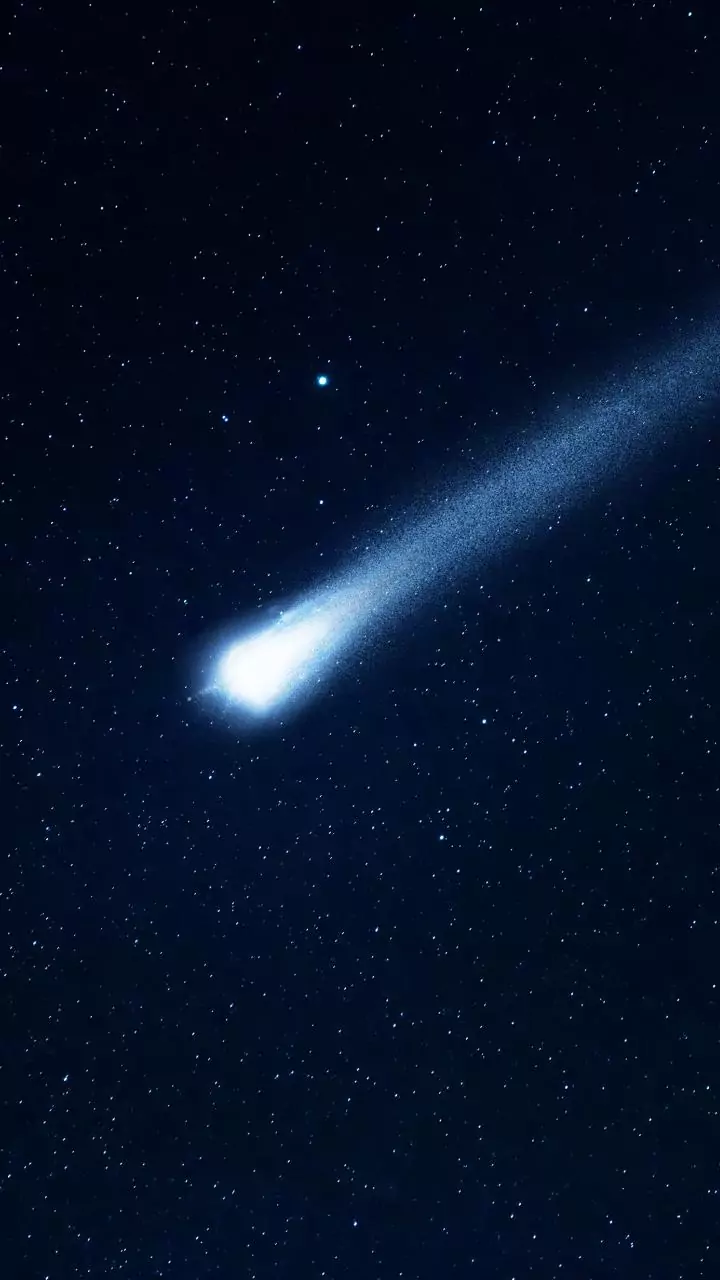What Is 3I/ATLAS?
3I/ATLAS is an enormous interstellar object that has captured the attention of scientists. Its size alone is noteworthy, but it's the strange and unexpected
behaviors that have truly raised eyebrows. Instead of behaving predictably, this comet exhibits unusual patterns, prompting researchers to investigate its nature and potential impact. This has led to the development of many scientific and speculative questions about its origin and possible future. The overall trajectory and composition of the object has led some researchers to question the source of the comet, and if this is a natural event or the beginning of something new.
Strange, Unnatural Behavior
The unusual actions of 3I/ATLAS are a major source of worry for experts. The comet doesn't seem to follow the expected rules of celestial behavior. Its movement patterns and the way it interacts with space have puzzled astronomers, leading to further investigation into the object's characteristics. The behavior defies standard predictions, causing scientists to re-evaluate their current models and consider new theories. The object has also had a surprising trajectory across the night sky, which has caught the attention of scientists around the world. These peculiar traits require thorough studies to grasp the implications and possible threats it may pose.
A 'Black Swan' Event?
The term 'black swan event' is being used to describe 3I/ATLAS because of its unexpected nature. This term refers to unpredictable occurrences with potentially serious impacts. The comet's behaviors fit this description because they are rare, hard to predict, and could have major consequences. Considering its size and strange activity, the comet presents a scenario that experts didn't fully foresee. If 3I/ATLAS interacts with other celestial objects or has an impact on Earth, it would create an event with far-reaching consequences.
NASA's Position
NASA is closely watching 3I/ATLAS and is monitoring its movements and characteristics. The agency is using its advanced observation tools to collect data and assess possible risks. Its focus is on gaining a thorough understanding of the comet's nature and possible future paths. The work involves analyzing all the gathered data to create realistic threat assessments. Through this consistent monitoring, NASA hopes to be well-prepared to deal with any situation that might arise. Furthermore, this also helps to analyze potential impact, if any, and strategize appropriate methods for handling it.












